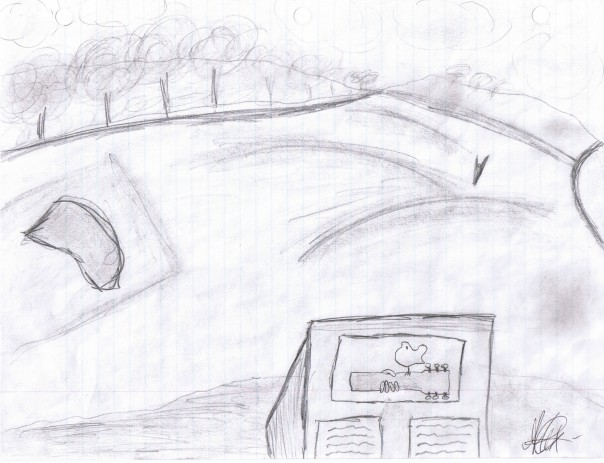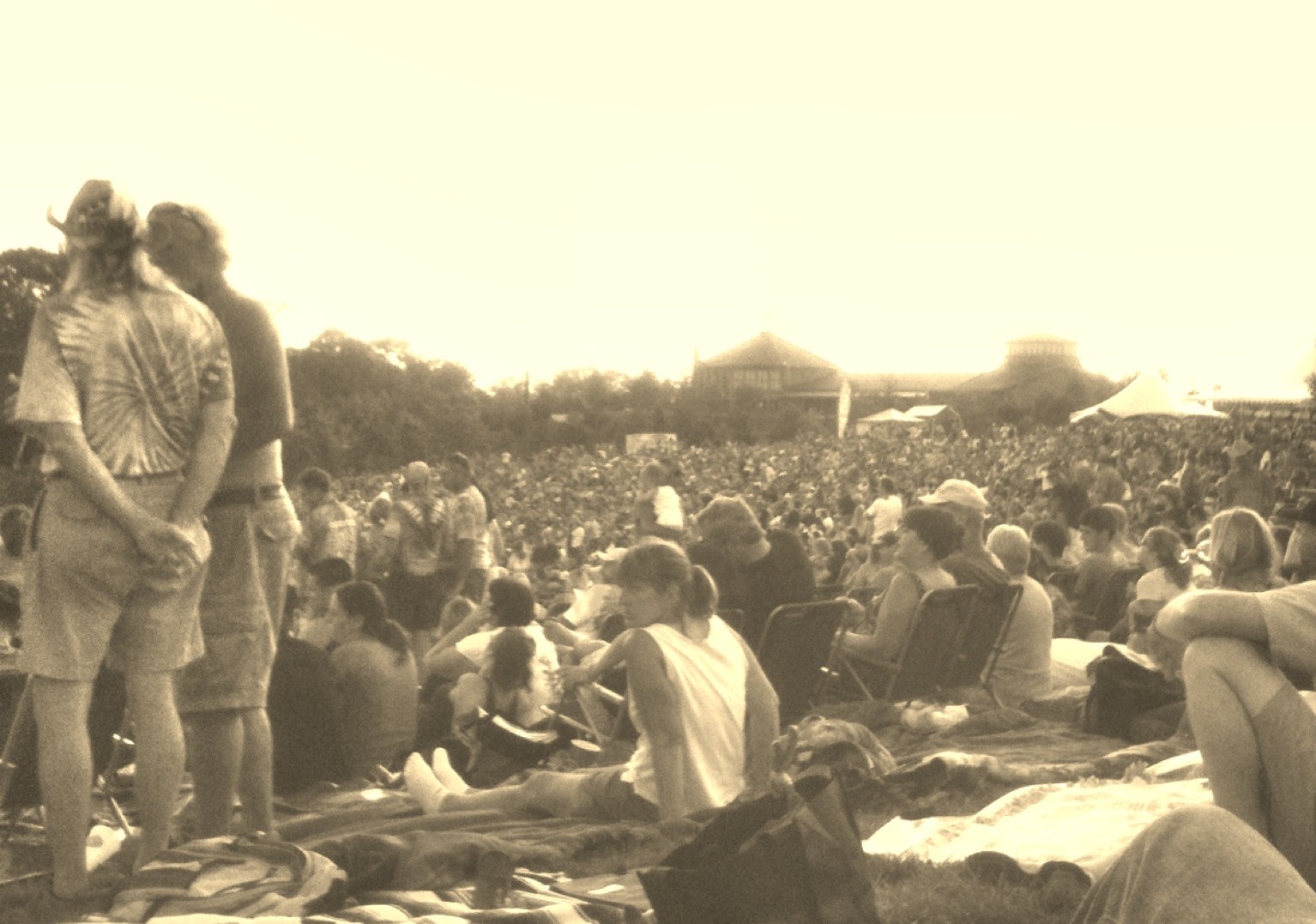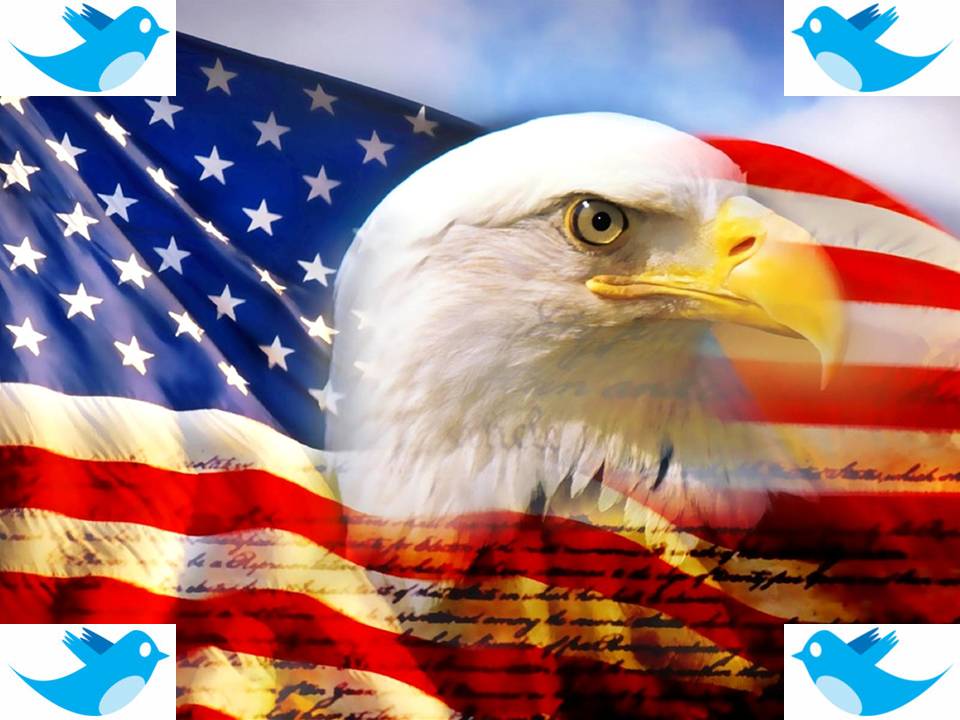 You can say I’m a huge Woodstock fan; I own the inevitable (necessary) poster with an authentic ticket, signed books (Artie Kornfeld), a photo collection and personal drawings (above)… to name just a sampling. I’ve made annual, sometimes quad annual, trips to ‘the site’ at the intersection of Hurd and West Shore roads in Bethel New York. All this years before Bethel Woods Center for the Arts was built. In some ways, I feel like I was there, or should have been.
You can say I’m a huge Woodstock fan; I own the inevitable (necessary) poster with an authentic ticket, signed books (Artie Kornfeld), a photo collection and personal drawings (above)… to name just a sampling. I’ve made annual, sometimes quad annual, trips to ‘the site’ at the intersection of Hurd and West Shore roads in Bethel New York. All this years before Bethel Woods Center for the Arts was built. In some ways, I feel like I was there, or should have been.
I first saw the Woodstock movie as a 7 year old in Moscow. I think it was on network TV to showcase the ‘American perversion and result of brute capitalism of the US’ or something like that… I vividly remember standing in the middle of our living room and watching the mud people, and Joe Cocker doing the most memorable (and spastic) version of “with a little help of my friends”… and that was it, I was hooked, I was a hippie-dude. Anything American was always overtly intriguing (as an antiestablishment statement), besides they were playing in mud and I’m 7!
Years later I found myself in New Jersey, and well within driving range of the site where it all went down. My first time there was as a road trip during college… This reporter from a Sullivan County paper let us know “it wont be there for long” and that millionaire Alan Gerry is going to “develop the holy bowl” and gave us a few copies of a local newspaper. She also let us know about the Woodstock Preservation Alliance… and again I was hooked, and tried to help out as much as a distracted college student could. I wasn’t going to get arrested for trespassing though, and so ‘we’ lost and Bethel Woods was built (though the bowl was never developed).
Long story short, I’m a huge Woodstock fan, and I feel as if that empowers me in one way or another … Ok ok, before I completely go off the charts with the sobbing clichés, let’s get something out of the way… Yes, I know I’m 27, and of course I was not there. But none of you reading this were there either, or anyone you know. Only four to five hundred thousand people were, but they did not include President Obama, or his parents.
Last weekend was the 40th anniversary, and I was up at Bethel Woods seeing the Heroes of Woodstock and DVR’d “Woodstock: Then and Now” documentary on the History Channel… mostly a great account of the event, but as a person who, per the above, considers himself rather knowledgeable and involved in the ‘spirit of Woodstock’ I was genuinely disappointed by the 5 minute cockamamie editorial ending comparing ‘my’ event to the Obama inauguration.
I don’t seem to be the only one to think this is absurd, and fully discredited the documentary and quite possibly the History Channel as a whole (check out this board discussion, twitter search and blogpost)… Even as an Obama supporter and voter, I fail to see how on earth Obama turned into Forrest Gump, in the sense that he’s become the cause for and the result of every possibly imaginable major event in recent past.
Obama was partly elected by the flower children but his inauguration was NOT a love in, it wasn’t really even a happening… so why did the History Channel fall into that trap, and why didn’t anyone stop them? How can a serious editorial and producing team connect the biggest counterculture, anti-establishment event ever to the biggest ever government orgy known as the presidential inauguration? The swearing in of the government’s top official, regardless of its size or social magnitude is still just that… a political event. Woodstock it was not.
This obsession to connect everything back to Obama, or his inauguration, or his ‘path’ (whatever that means) or his this or his that has me bonkers… he’s a man, he’s just a man, and you’ve known so many men before, in very many ways (aptly quoted from Jesus Christ Superstar). I think this type of crap takes away from Obama’s accomplishment, his drive, and frankly, from his responsibility and onus of the problems at hand… which are numerous.
Woodstock was a place where credit was disregarded, the focus wasn’t even on the music, promoters were screwed, the people were dirty and hungry, the bands were rushed on and off without schedule or fully working equipment… everyone suffered and everyone owned up to it, that’s the magic. A Presidential inauguration is the epitome of political soapbox chest thumping madness, and revolves around one person, on this one day (the king is dead, long live the king!).
Sure there were a lot of people on the national mall, but I don’t see much else.
To me the 40th anniversary show of Woodstock at Bethel Woods was closer in every way -- see sepia image from last weekend below -- We were surrounded by tie-dye shirts, some political slogans, my fellow man; plus Canned Heat, Ten Years After, Jefferson (Airplane) Starship, and Country Joe McDonald. And they ran out of food at the end...

Woodstock was nothing but a moment in time, and unfortunately it was gone as fast as it came to be. And if you ask its true alumni, they’d say no other major event will ever take its place, nor was anything major the direct result of those 3 days of fun and music, and nothing but fun and music.



